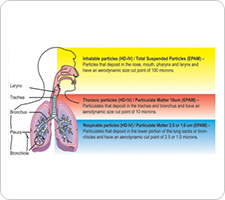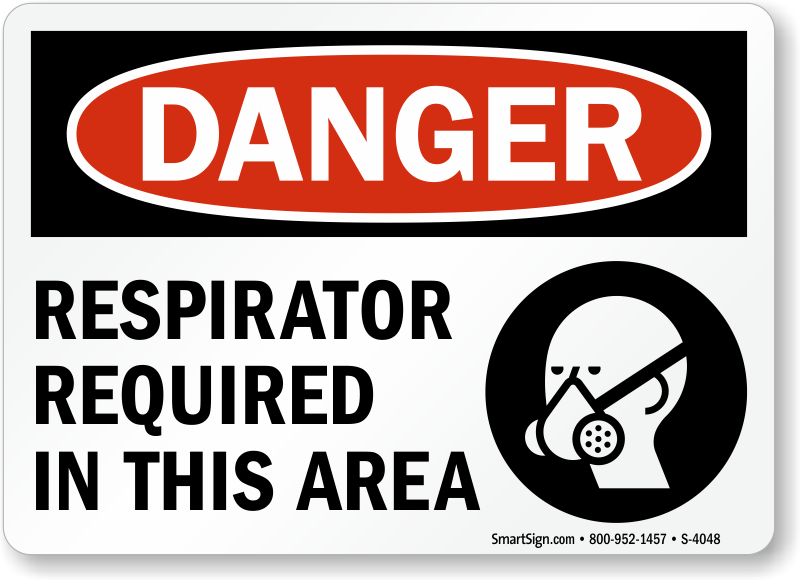

Code Section 212 addresses emissions of particulate matter. Therefore, NAAQS levels are used only for reference or benchmark comparisons to assist in site recommendations and data evaluations for Hygieneering clients looking to improve and evaluate dust emissions from their operations or site.Īt the state level, 35 Illinois Admin. However, there are no quantitative PM limits that are directly applicable to these data. The NAAQS standards were developed to assist in evaluating air quality on a regional basis and were not intended for single source emission limited for properties. Secondary standards provide public welfare protection, including protection against decreased visibility and damage to animals, crops, vegetation, and buildings.” (US EPA, 2018a) Primary NAAQS are health-based standards intended to “provide public health protection, including protecting the health of “sensitive” populations such as asthmatics, children, and the elderly. The NAAQS includes both primary and secondary standards for PM, such as 35 ug/m3 (24-hour) for PM 2.5 and 150 ug/m3 (24-hour) for PM 10. Under the Clean Air Act, the USEPA established NAAQS for conventional pollutants, including particulate matter (PM).

The particulate matter (PM) data collected from these studies are compared to the National Ambient Air Quality Standards (NAAQS) established by the United States Environmental Protection Agency (USEPA). Sampling is focused on single sources, as snapshots of contaminant concentrations are collected over several short (24-hour) periods of time. Hygieneering conducts property line nuisance dust assessment for clients to evaluate ambient dust concentrations leaving their property. The main Safety aspects included working from heights, rope access, confined space entry, emergency response, potential heat or cold stress (depending on time of year projectconducted) and many logistical issues. The Health aspectalso required a review and selection of the work practices and engineering controls (ie:ventilation) appropriate for the project. This involved evaluation of the laboratory data from the internalsoot/debris samples to determine proper PPE and respiratory protection. The Health issues involved protecting the workers that need to be inside the unit and conductthe detailed cleaning required.

The Environmental issues mainly involved evaluating the laboratory data from the internalsoot/debris samples and characterizing the waste streams for proper handling and disposal. The challenges were many and crossed over significant Environmental, Health andSafety topics to be addressed which required a team effort from our CHMMs, CIHs and CSPs. The overall project goal was to clean out the turbine and restore it to aworking condition. In this case, there was a fire at the base of the unit which spread soot and contaminants up the shaftand throughout the stack. Recently, Hygieneering was engaged to prepare a SiteSafety and Health Plan for the remediation of a wind farm turbine unit that caught fire and burned. Every so often, a challenging project comes along that requires the expertise from all sides of ourbusiness- Environmental, Health and Safety.


 0 kommentar(er)
0 kommentar(er)
